Mazda MX-30 R-EV Review: Rotary Returns With A Whimper, But Offers Hope
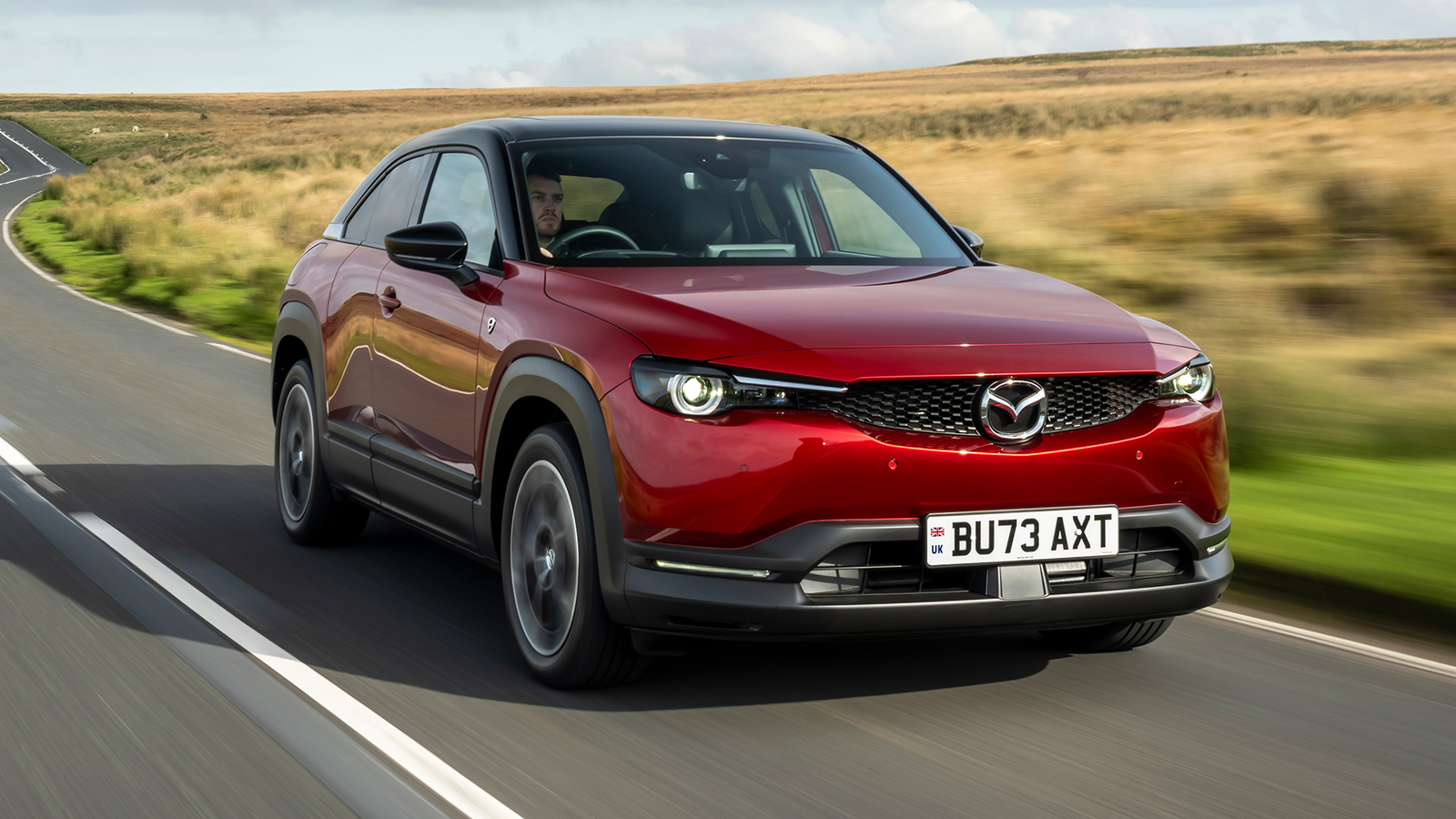
Pros
- Solves the MX-30’s range problemGives us hope for the rotary’s future
Cons
- It drones a lot under heavy drivingNot all that efficient, really
When the Mazda RX-8 left production in 2012, it didn’t just bring an end to the Japanese manufacturer’s storied history of hard-top sports cars but closed a whole chapter on a peculiar engine.
Though Mazda wasn’t the first to use the rotary (that honour goes to the NSU Wankel-Spider), it was its biggest champion and the quirky method of combustion became weaved within the fabric of the manufacturer.
Since its initial demise, rumours had long bubbled about the return but with the switch to electric honing in, it always felt like a pipe dream. All to everyone but Mazda though, who persisted - and have now returned the Wankel. Albeit, not in the way anyone had expected.
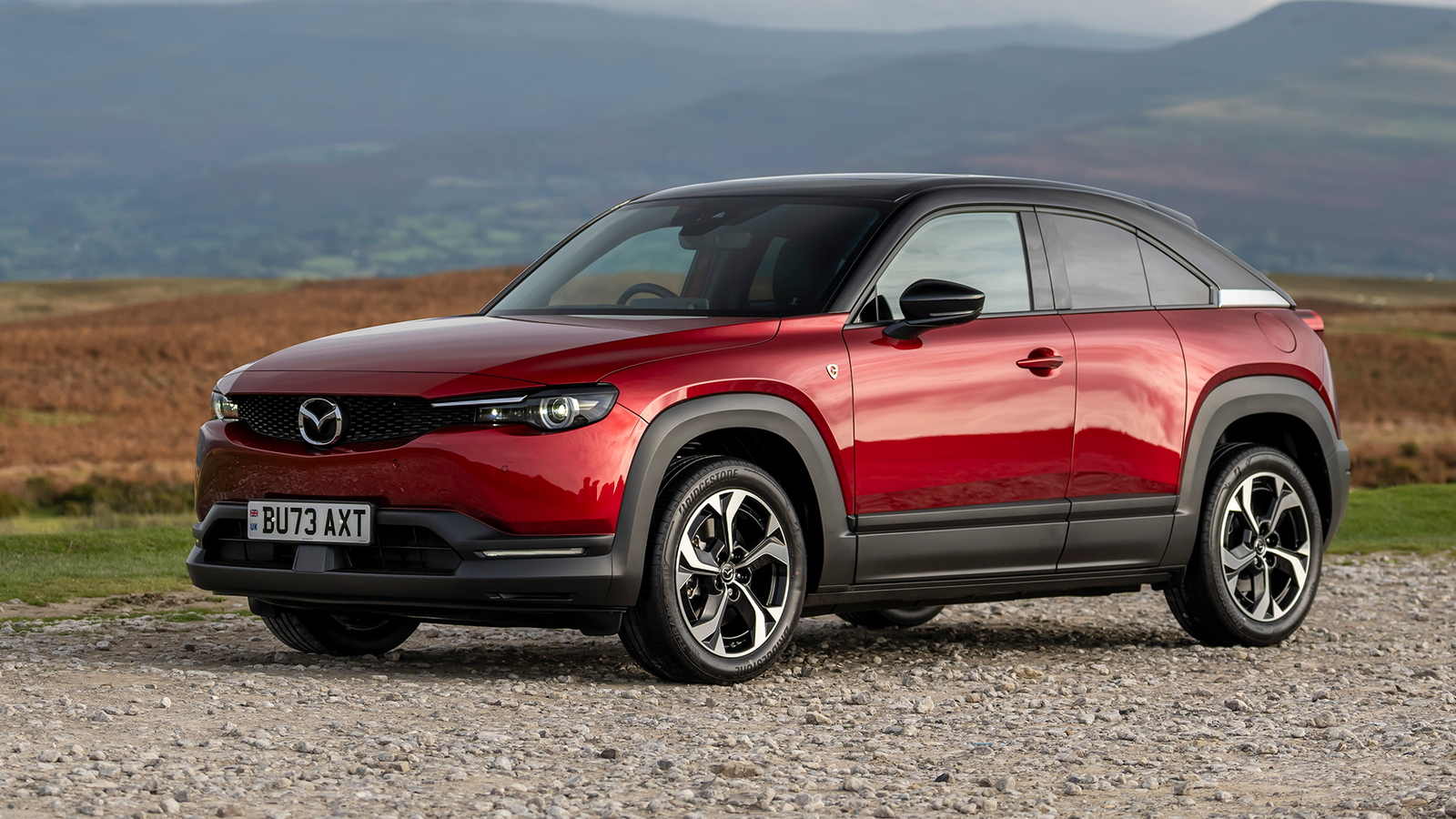
Welcome then to the Mazda MX-30 R-EV, the first rotary-equipped production car in over a decade. Emphasis on ‘equipped’ though, as the 830cc single-rotor doesn’t drive the wheels - rather it serves as a generator for a 17.8kWh battery. It’s a weird way to do it, though Mazda has a history of unconventional engines.
What’s the point, then? Well, for all the MX-30 offers, one thing it does not is a respectable range. Full electric versions are officially quoted as returning a pitiful 124 miles on a charge - with real-world use seeing that closer to 100.
Rather than adding a bigger battery, Mazda has introduced a smaller one to make way for the rotary. On a full charge, the WLTP cycle has it as 53 miles - and in fairness, a full day of testing the car on mixed routes returned three miles per kWh, so that figure works out bang on the money. You can charge the car just as with any conventional EV as well (it’ll take up to 50kW of DC power, refilling the battery in around 25 minutes) and with the help of a little bit of regenerative braking.
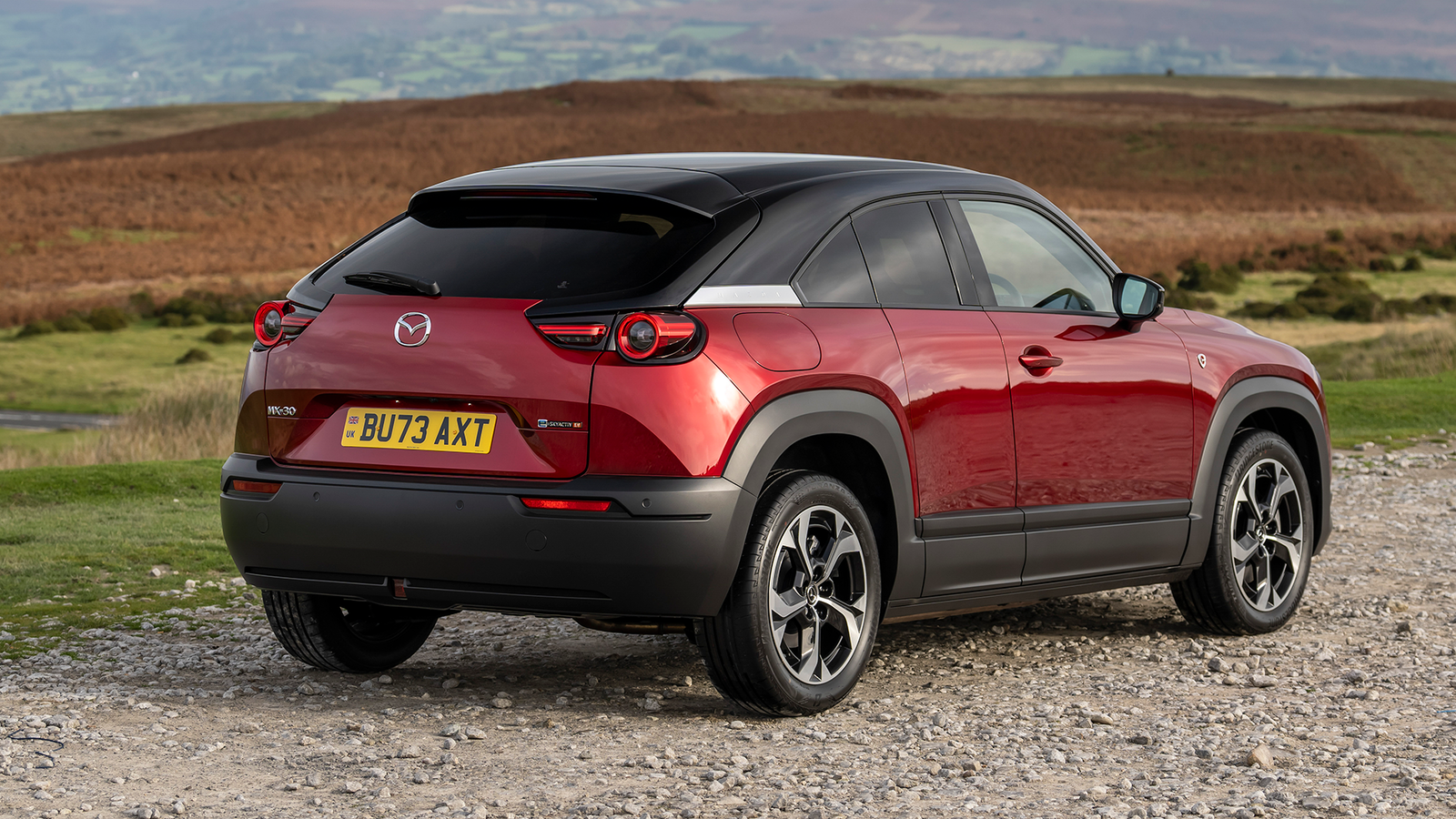
Granted, 53 miles isn’t very far, so once the battery is depleted on the move, the rotary kicks in. The idea is that it sips from a 50-litre fuel tank to recharge the batteries on the go.
The biggest compliment I can give is that, at normal cruising speeds, you hardly notice it doing its thing. It’s just there quietly whirring away as you ride along in an otherwise comfortable car.
When you do begin to notice the Wankel is when you’re driving the MX-30 hard without charge. And not in a good way. As the empty batteries are crying out for power, you can almost hear the single-rotor shrieking as it does its best to keep up - sitting at constant revs and making you feel bad for the apex seals.
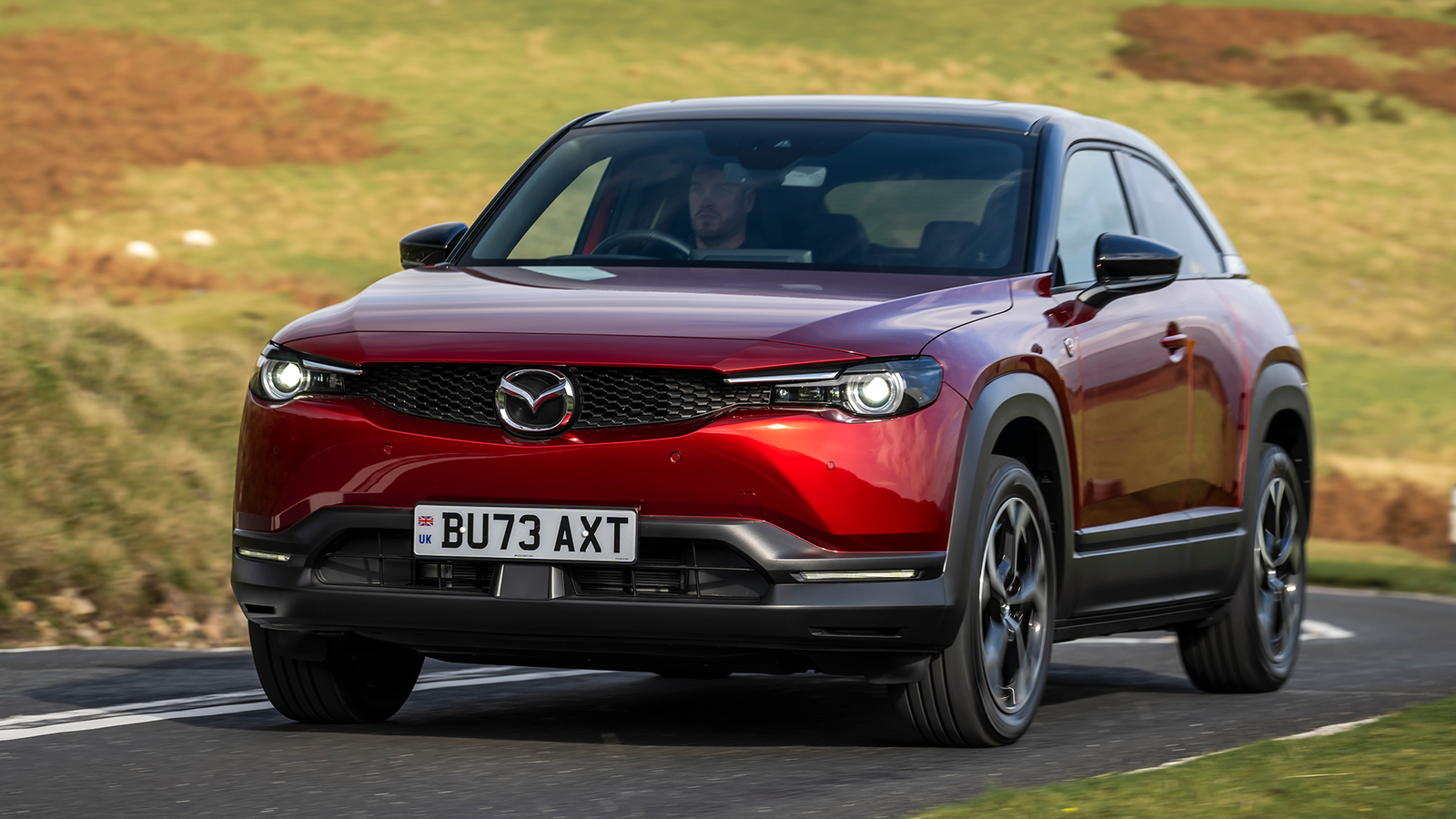
You don’t get a noticeable performance benefit, either, despite a retuned electric motor. The R-EV outputs 168bhp - a 25bhp increase - thought it worth noting an 8lb ft dip in torque to 192lb ft. It’s quick enough for nipping around town, but don’t expect your heart to be racing when you’re pushing on.
And efficiency? Though the electric figure turned out spot-on, we saw a combined 32.3mpg - some way short of the 282.5mpg official WLTP figure.
Otherwise, the MX-30 REV drives just as the regular EV does - and there’s no reason to have expected otherwise. It’s not exactly thrilling to attack corners with, but it’s not out of its depth doing so and does carry a bit of the usual Mazda charm.
The design and overall quality of the interior are especially impressive and, unusually for a modern electric car, it’s sensibly laid out. Climate controls are digital, boo and hiss, but they do at least have a separate screen rather than being housed within the infotainment system.
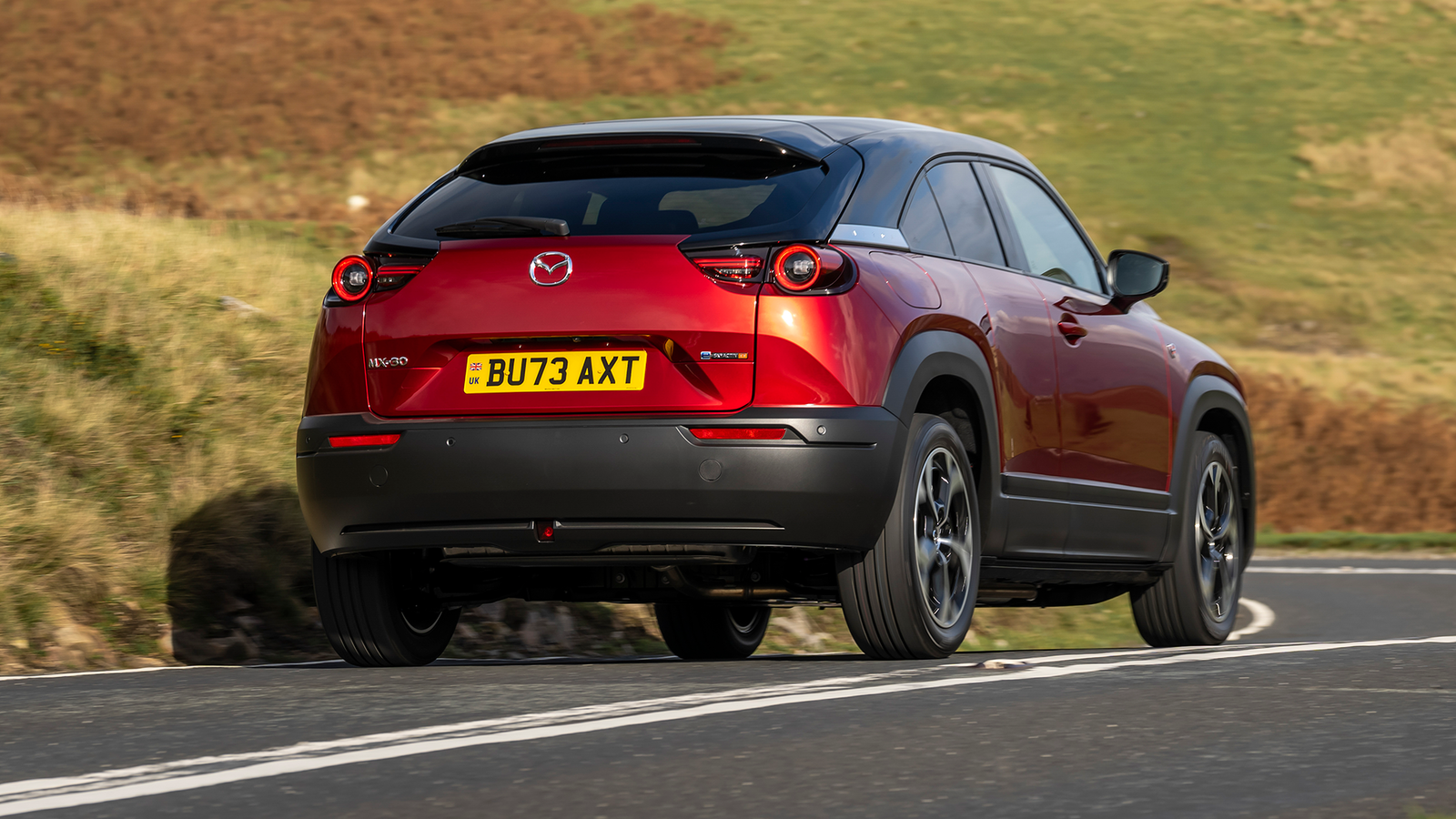
Speaking of, the 8.8-inch system isn’t touchscreen - which admittedly is a bit of a pain at first - but is controlled through a dial in the centre console. Once you’ve got the grasp of it (or if you’re coming from any other modern Mazda, you’re likely already familiar with) it’s intuitive and quite handy on the move.
Visually, Mazda hasn’t done a great deal to make the R-EV stand out from the regular car. Except for a rotary badge on the front arches and ‘e-SkyActiv R-EV’ on the back, you couldn’t tell it apart. To these eyes, it’s a quirky-looking thing and in a crowd of bland electric crossovers, it’s nice to see something try to break convention.
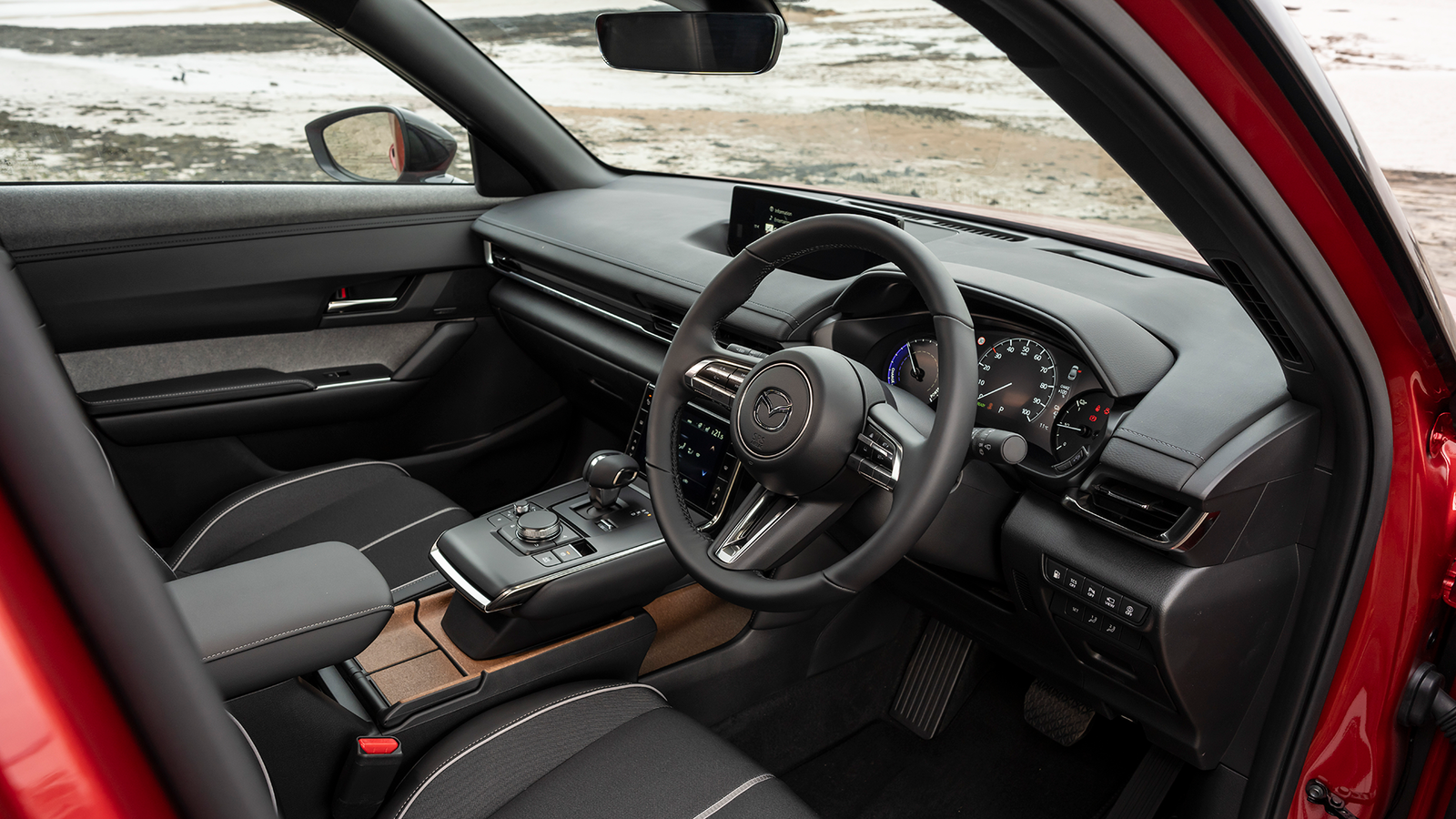
This loops me back to the use of the rotary here. The cynical part of me sees it as a way for Mazda to boost sales of the MX-30, with buyers likely put off by a limited range, and shoehorn heritage in the form of rotary. As a standalone solution to range-extending, the Wankel in practice doesn’t add anything more than a conventional combustion engine - even if the benefits of lower weight are there.
However, as a proof of concept, the MX-30 shows the tech is viable. The firm was keen to highlight the modularity of the Wankel in its presentation ahead of this drive, which should allow for increased performance via the theoretical plug-and-play of extra rotors. On that point, it's worth noting that the recently unveiled Iconic SP concept uses a two-rotor range extender with 370bhp at its disposal.
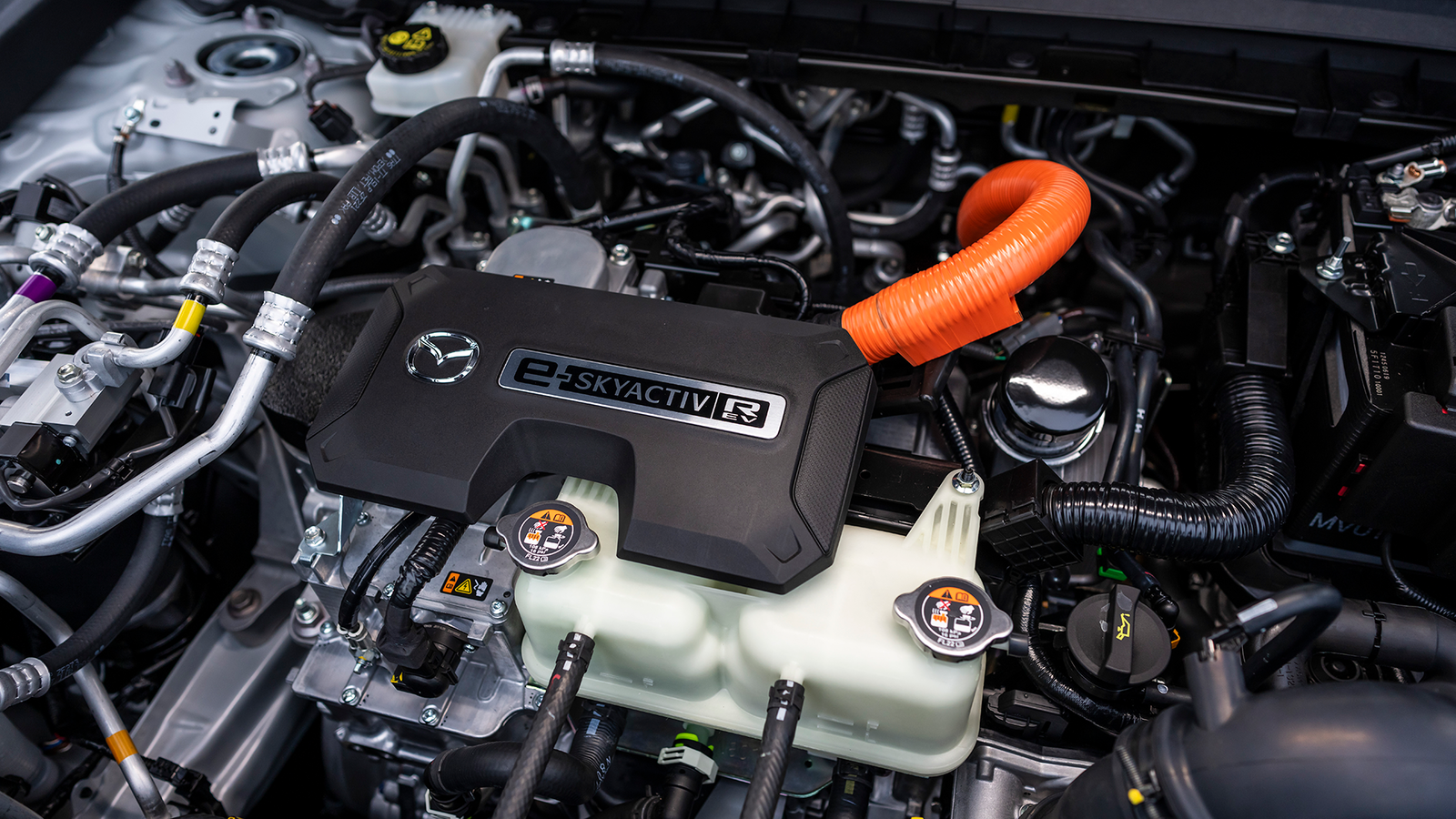
With some refinement, and perhaps in a more fitting application for a rotary, it could serve as a unique way to enjoy the final days of the combustion engine. The MX-30 R-EV may not be a revolution, but it’s evidence Mazda is willing to give it a go - and that in itself is worth celebrating.
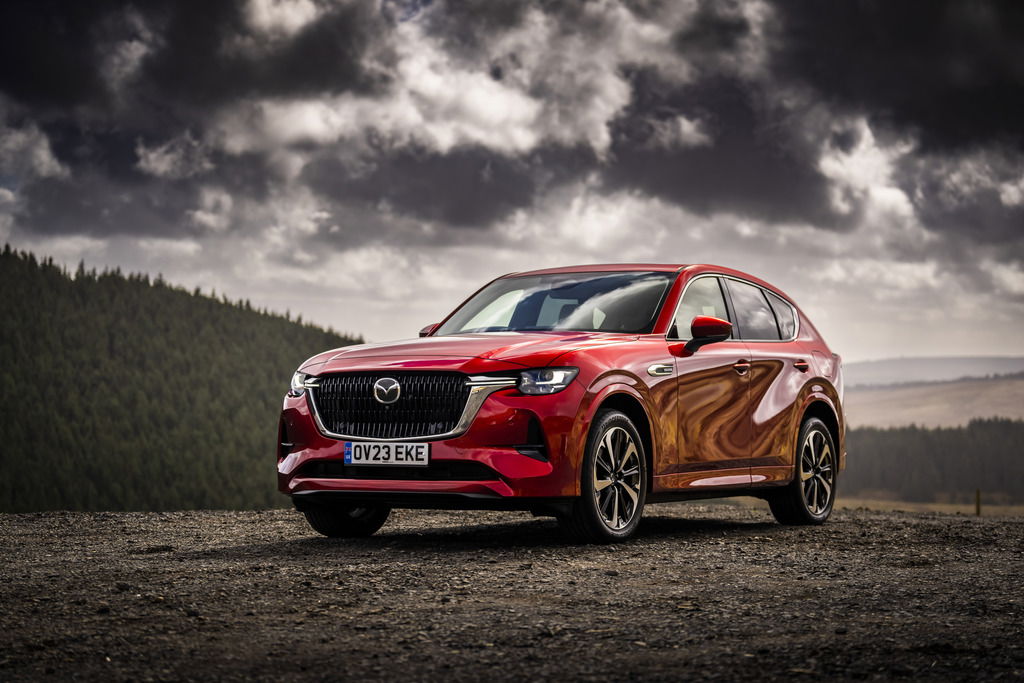
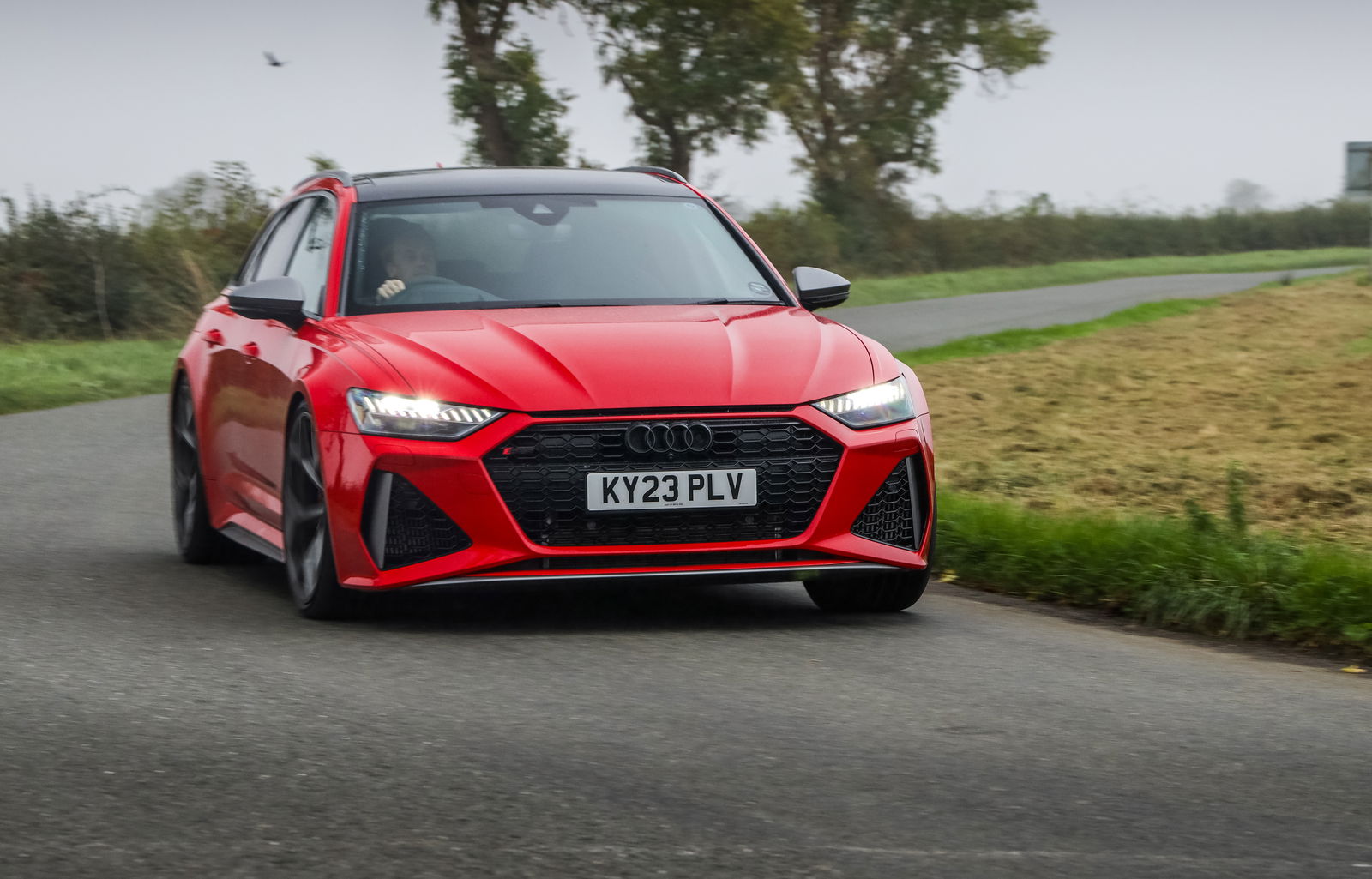

Comments